Pounding the pavement with your pup by your side can be an incredibly motivating and mutually beneficial activity. Dogs are made to run, and with their boundless enthusiasm, what’s not to love about a K9 running companion? The positive effects of training with your pup on both human and beast are numerous, but there are some precautionary steps you should take to ensure your partner is feeling as pumped up on endorphins as you are by the end of the workout. Here are 10 tips for running with your dog.
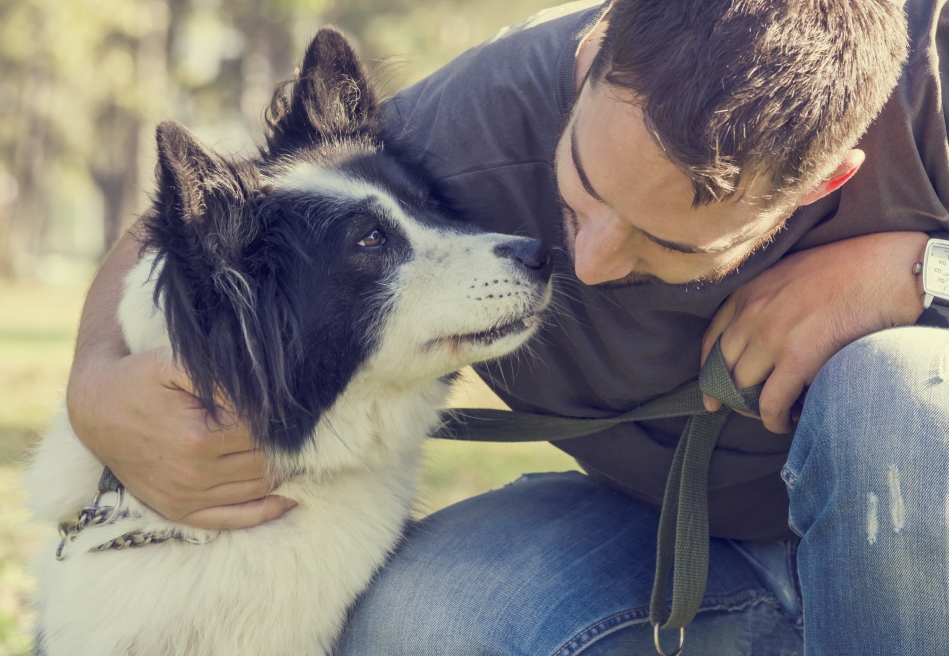 1. Start Slow, Build Gradually
1. Start Slow, Build Gradually
Not all dogs are natural born runners, but that doesn’t mean your pooch can’t complete that 5K with you! Just like it took time for you to build up your stamina, you have to let your pup go at her own pace and improve with time. If your dog has never run with you before, you should start with a 10 to 15-minute jog and increase the time by 10 minutes each week evaluating your dog during and after the workout. Slowly building your mileage together will help prevent injury to both parties! On the other hand, some dogs are sprinters to the core and have no idea how to pace themselves or even slow down enough to stay with you. Even these high energy dogs may run out of steam after a couple miles, so again, start off with a shorter distance and slowly build up to those goal distances. This takes time and patience, but with the right training (and gear), you’ll get working out with your dog down.
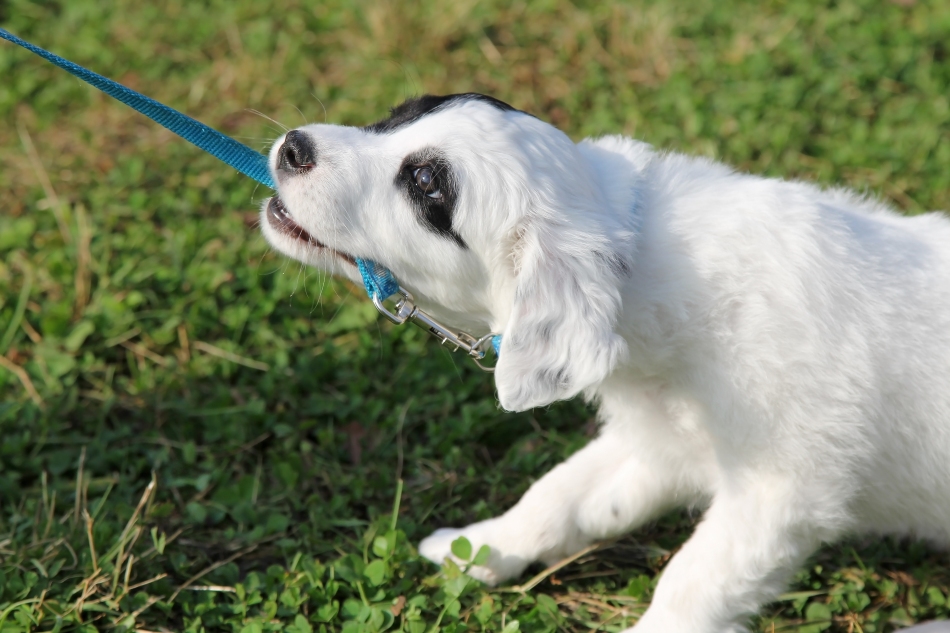
2. Get The Right Leash
Training your dog to behave well on a leash is a pretty important factor to becoming successful running buddies — if he’s great on his leash when you walk, chances are he’ll transition to running pretty easily. Even if he’s not perfectly trained to stay at your side every time he’s on a leash, there is still gear you can utilize to make running easy and painless! Try using a body harness instead of a traditional collar so if he does start to pull, it doesn’t put potentially harmful pressure on his neck (which can also create eye pressure) and it encourages him to focus and not jump or pull. Be sure to use a short leash as well; the more leeway a pup has on a run, the more likely they are to trip you or passersby.

3. Pick a Good Route
Once your running buddy has built up the mileage and you’re confident she can go on a longer run with you, be sure to pick a good route that doesn’t take you super far away from shelter. Any number of factors could affect your dog’s running ability, and you certainly don’t want to be stranded three miles away from your home if your dog starts to overheat, develops a limp or otherwise can’t make it all the way back.

4. Check The Weather
Even if you’re used to running in the middle of the day with the sun beating down, take note that your dog is covered in hair and doesn’t have the cooling mechanism (AKA sweat) that we do. Your pup’s primary way of cooling off is by panting and cooling off paws, so it’s incredibly important to not expose your dog to elements he can’t handle. Remember that his paws are touching that hot concrete over and over again while your feet are protected by layers of rubber. The same goes for extremely cool temperatures as well! There are plenty of paw protecting shoes you can put on your dogs, but be sure to test them before going on a run as many dogs find these shoes very bothersome.

5. Bring Bags!
Running jars the bowels and gets them moving, so whatever you do, don’t forget the poop bags! Watching your dog relieve herself in the middle of the sidewalk with people everywhere and no bags in sight is one of the worst feelings. You would hate to step in a stinky pile on your way to work, so be cautious so you don’t ruin someone else’s day!
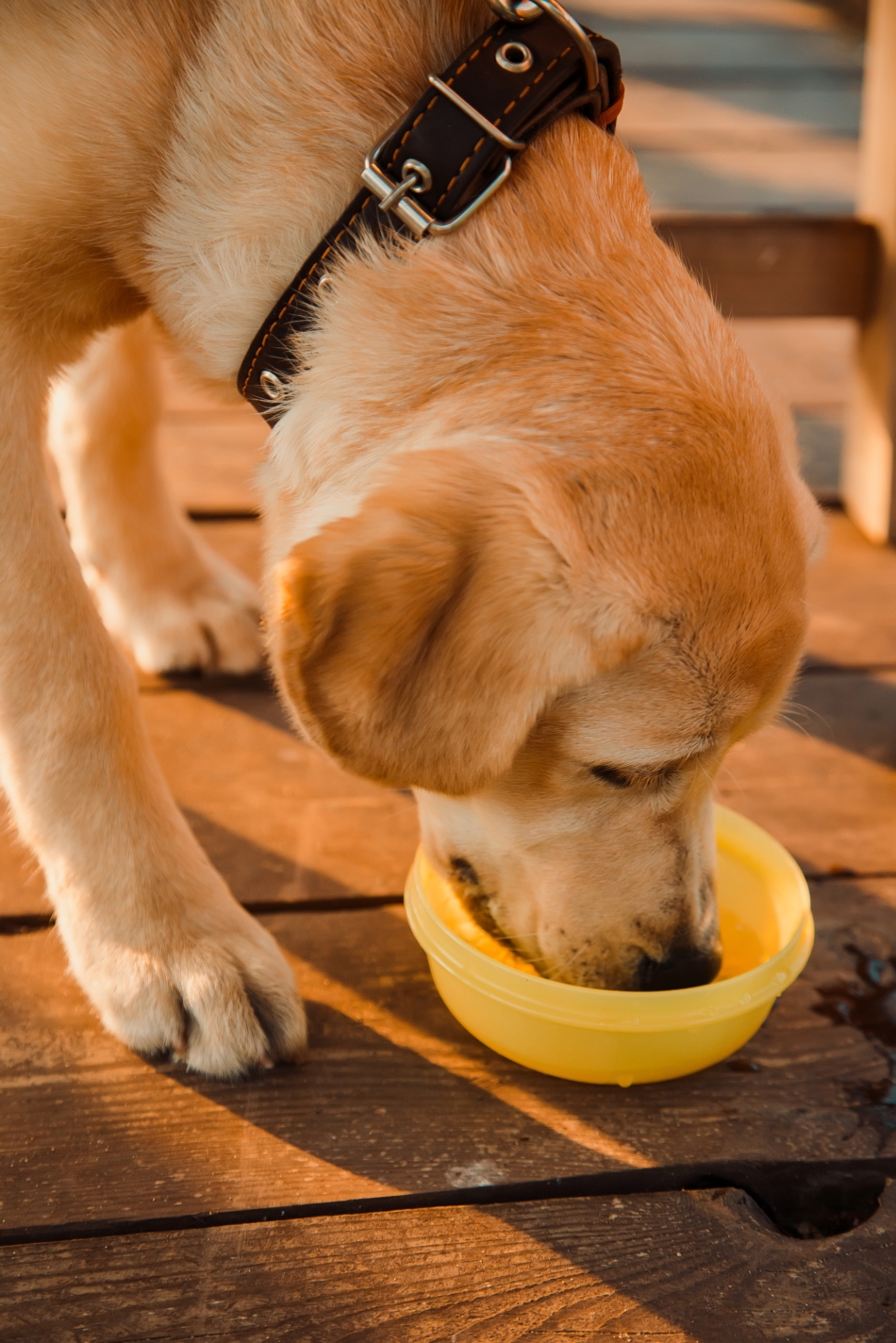
6. Doggie Water Bottles
If you’ve ever tried to get your dog to drink out of your water bottle, you know how difficult it can be, but running with a dog bowl plus water bottle plus leash is just too much unless you have a backpack. Invest in a doggie water bottle with a fold out dog bowl to make sure your pup stays hydrated during, not just before and after, your run. You could also plan your route strategically to make sure you’re hitting a dog water bowl every couple miles whether it’s a park fountain or a doggie boutique that offers free refreshments outside the shop.
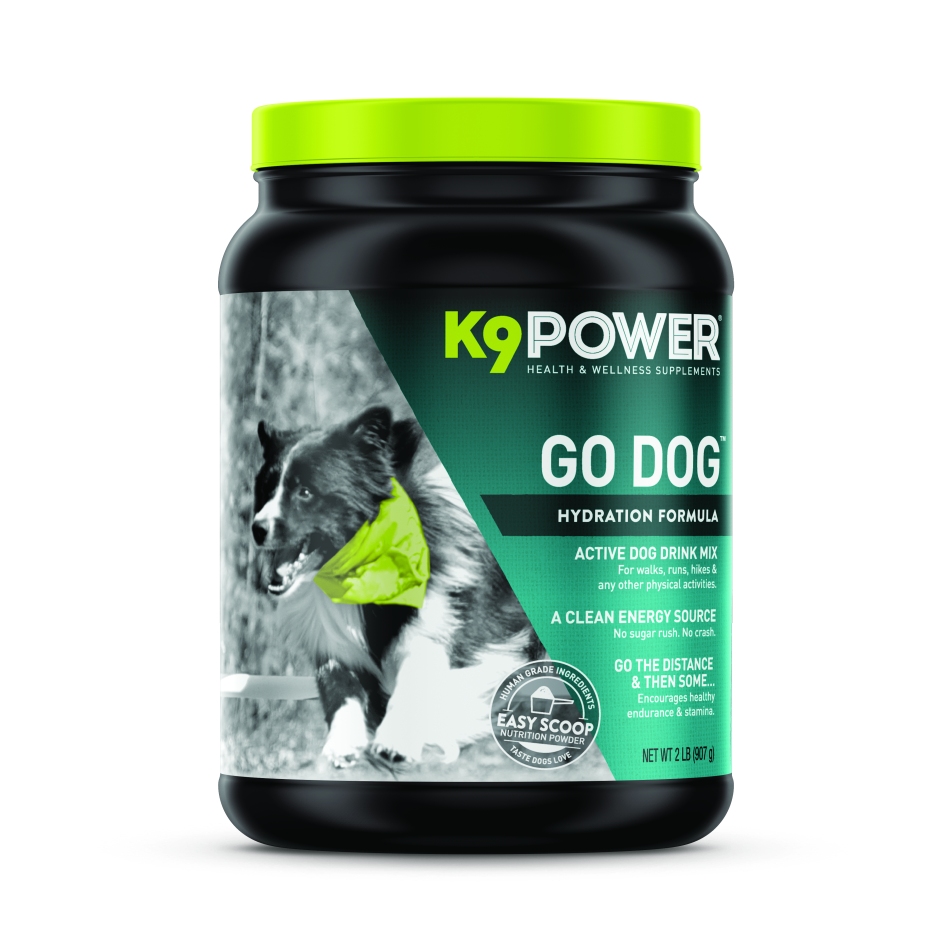
For extra hydration, energy and quick recovery for your pooch, try K9POWER’s Go Dog supplement. This water soluble powder contains electrolytes for dogs (the good stuff that helps you perform when you drink sports drinks), short-burst/long-range energy fuels and buffering agents that help neutralize metabolic acid (H+) build up (the stuff that slows your pup down). Go Dog acts like a dog energy drink to help keep your dog in the performance safety zone and ensure your run doesn’t include any lies-down-and-refuses-to-move stops!
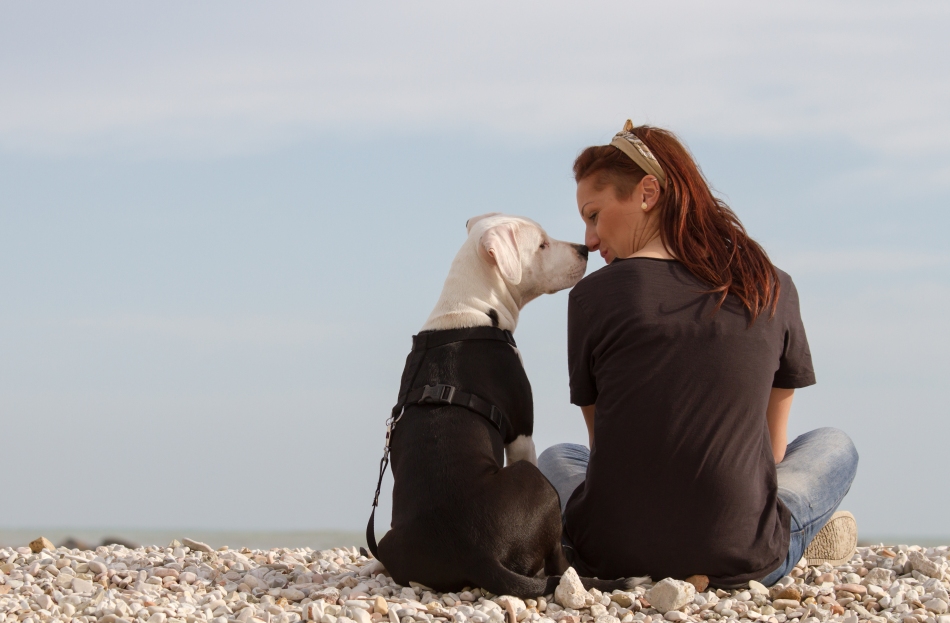
8. Pay Close Attention
Running with headphones in can definitely make a run fly by, but it’s a good idea to skip the noise cancellers, especially on the first few runs with your dog. It’s important to pay close attention to your dog as you’re running. With clear ears you’ll be able to hear any whimpering, and of course if you notice your pup limping, lying down in shade, or slowing down significantly, don’t force anything. These are all signs to take it easy and possibly go back home to avoid possible injury.
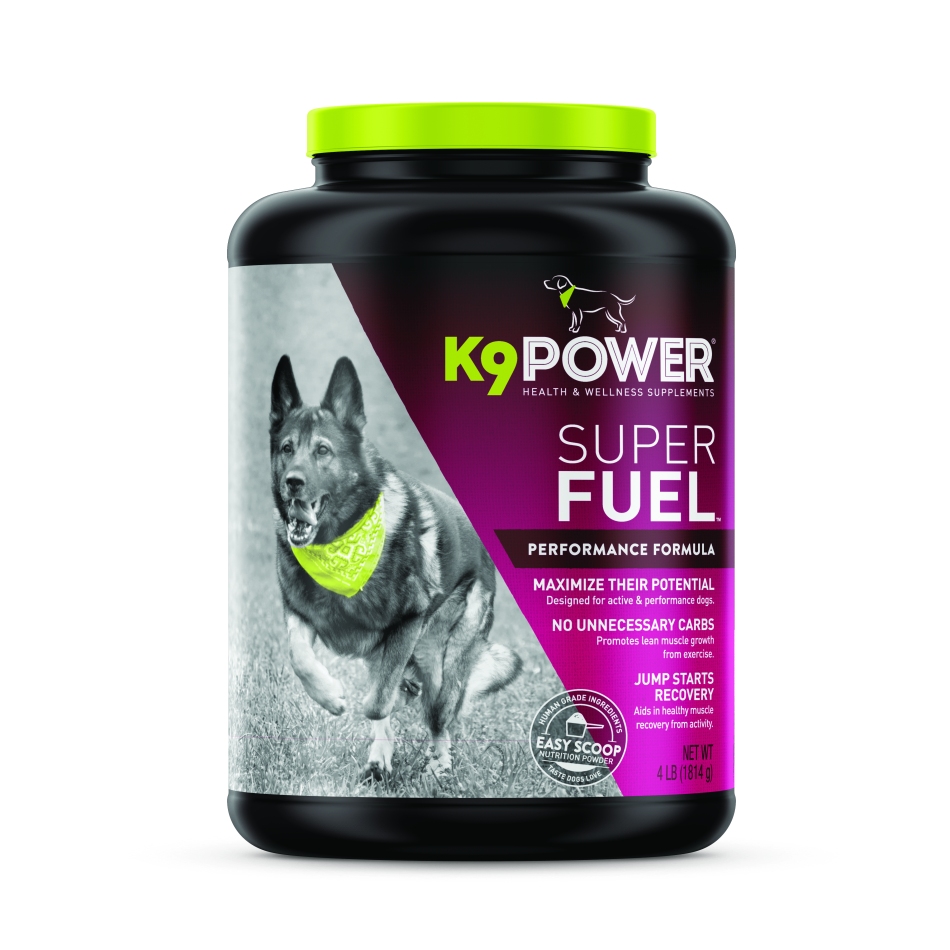
After a run, help your dog recover by letting her rest in a cool place and adding K9POWER’s Super Fuel supplement to her food. This formula is specially designed to support muscle recovery from exercise and reduce overtraining injuries as well as soreness after vigorous activities. It also has immune system support and provides optimal nutrition for dogs who are not necessarily competing in doggie muscle man competitions.

10. Check for Fleas/Ticks
Trail running and hikes are amazing ways to bond with your pup on your jogging adventures, especially since many trails don’t require dogs to be on leash. Be sure to check your dog thoroughly after a hike for fleas and ticks, and bathe your pup if you suspect he may have been exposed to poison oak while out in nature.







Leave a comment